Our painter, as is often the case, relies on this model. The Duchess adopts exactly the same pose as in the composition of Titian. The headdress, the jewel of star hair, the draperies, the open shirt, the knot that girdles the dress, all the details of the costume are taken again except for the color of the dress which goes from a cobalt blue to a dark emerald green. However, the young woman's left hand leans on the shoulder of a young black servant on Titian's work, while on our painting she puts her hand on the head of Saint John the Baptist. Thus the duchess becomes Salome and the portrait becomes a painting of history.
This theatrical composition is accentuated by the powerful light that illuminates the scene, leaving the backgrounds in the half-light which is none other than the natural color of the medium. The treatment in chiaroscuro of our portrait reinforces the dramatic dimension of the subject. This Caravaggesque imprint is very present in the work of Alessandro Turchi who, like many of his classmates, abandons a late Mannerism in favor of a modern vision brought by Michelangelo Merisi da Caravaggio (Caravaggio).
The emotional atmosphere is still allayed by the kindness and sweetness emanating from Salome, the splendor of her costume and her imperturbable attitude in the midst of a tragedy.
The support chosen by our artist, saturated with varnish, is supposed to amaze the viewer by its mirror effect and its volume, as well as deceive the eye to bring life to the character. The originality and rarity of our work lies not only in the use of slate, but also in the composition where the mannerism of the Renaissance meets the brutal realism of the school Caravagesque.
Our painting is presented in its original frame in gilded wood and decorated with foliage decorations stylized reappeared. Dimensions: 41.5 x 34 cm the view; 50 x 43 cm with the frame. Alessandro Turchi known as the Orbetto (Verona 1578 - Rome 22.01.1649) is the son of a modest one-eyed clog maker ("orbo" in Italian), hence the nickname "Orbetto" attached to Alessandro. He started under the brush of the Mannerist painter Felice Brusasorci. The churches of his hometown are home to many works by Turchi. Around 1615, he settled in Rome where his talent is recognized. He participated in the decoration of the Quirinal Palace where he painted "the harvest of the manna" and "the dead Christ with Madeleine and the angels". In 1618 he was enrolled among the members of the Accademia di San Luca in Rome, and in 1634 he became First Rector.
With Pasquale Ottino, Alessandro Turchi is the leader of the school of Verona for painting on stones (slate, alabaster, onyx, lapis lazuli ...). This discipline extends throughout Italy but there are three main focuses: Verona, Florence and Rome. Among the many masterpieces left by the Orbetto, we count "The Escape in Egypt" Capodimonte Naples, "The Death of Cleopatra and Mark Antony" in the Louvre, "Scenes of the history of Hercules" at the Alte Pinakothek in Munich or "Venus and Adonis" at the Corsini Gallery in Florence.
Origins of the painting on slate and the emergence of the school of Verona Around 1530, Sebastiano del Piombo, a Venetian painter established in Rome, developed a new technique for painting on a slate support.
Less absorbent than the canvas and much smoother than this, this support allows a very careful treatment of surfaces, a gloss that suggests the perfection of the mirror, the image effect in the mirror evokes the real presence of the figure. stone, nobler than the common canvas, rot-proof and, despite its fragility, guarantees a lifetime and the perfect conservation of the works, also seemed to respond to the debate on Parallel Arts and the supremacy of sculpture or painting. Through the use of stone and the effect of truth produced, the painting claimed to defeat sculpture on its own ground.
Paintings of easel but also altarpieces are thus painted on slate. This technique then has a great success for reasons related to taste for experimentation and curiosity rather than a mere concern for pure conservation; it spreads to Veneto, Florence and then to other regions such as Lombardy or Liguria.
Artists begin to use slate or marbles around 1530-1560 first to meet the demands of the conservation problem. However, the painters of the next generation, especially those of the Verona school from 1580, use these supports in order to intensify the effects of chiaroscuro.
At the beginning of the 1580s, the Bassano workshop in Venice proposed a new mode, that of small devotional touchstone paints, which is experiencing a particular development in Verona. Between 1580 and 1630, Verona presented itself as an active artistic center, promoting a multitude of artists such as Marcantonio Bassetti, Alessandro Turchi and Pasquale Ottino, known for their small format paintings for private use. Slate works quickly become a feature of the Verona school. The Veronese artists diversify their production and paint both secular and sacred subjects. Intended for private collections, exposed in cabinets with other similar-sized projects or in the bedroom, when it comes to religious paintings, these paintings have a local distribution and are intended primarily for collectors verones . Salome Salome is a minor figure of the New Testament. Daughter of Herodias and niece of Herod Antipas, governor of Galilee, she danced one day with so much grace in front of her uncle for his birthday that this prince in the intoxication of his joy promised him under public oath to give him everything that she would ask him. Salome, counseled by her mother, asked for the head of John the Baptist who vehemently denounced the remarriage contrary to the law of Herodias with Herod, the half-brother of his first husband. The governor sent a guard to slice the head of John the Baptist; The latter came to present to the princess, in a tray, the head of the martyr, whom she at once offered to her mother.



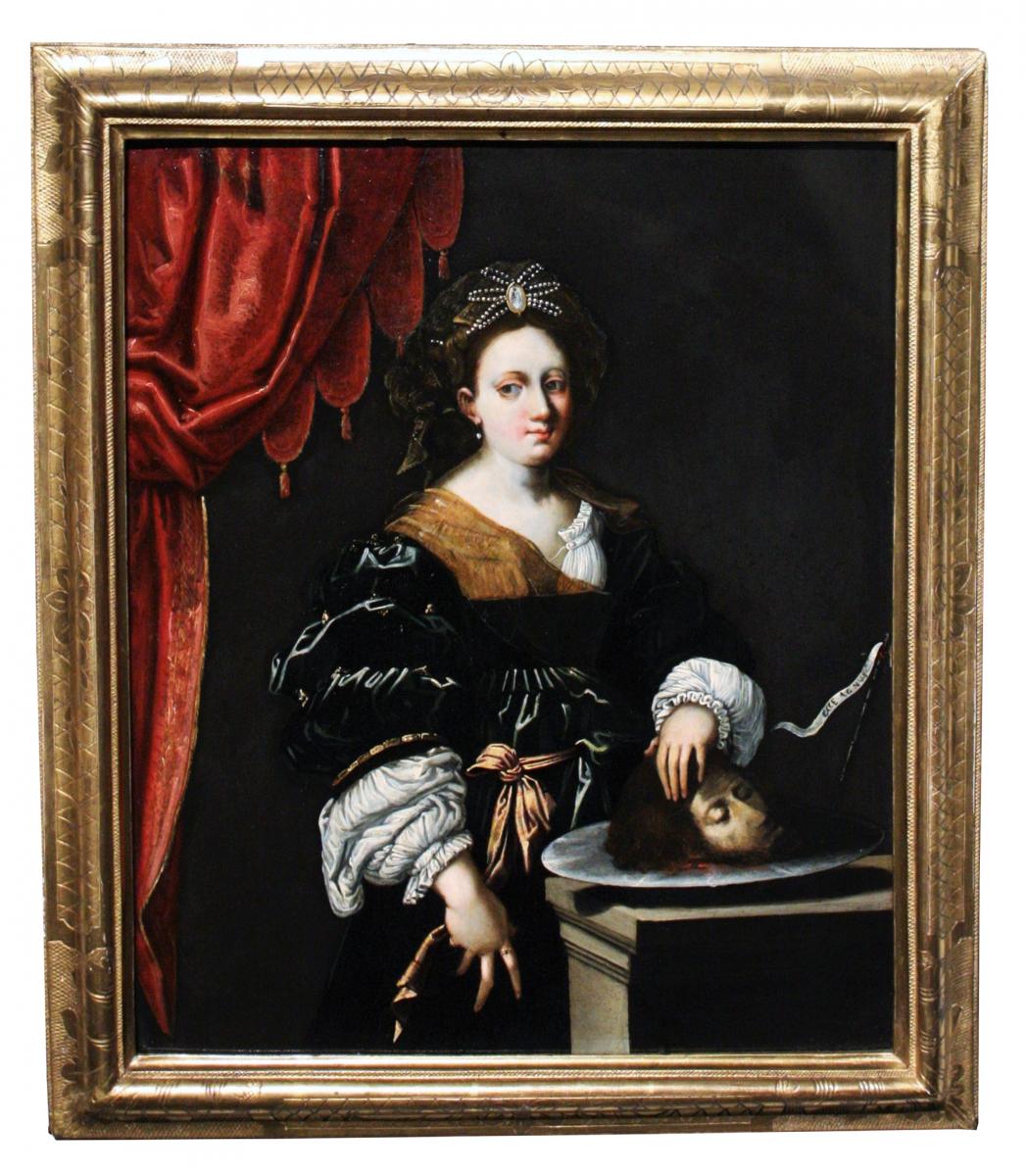
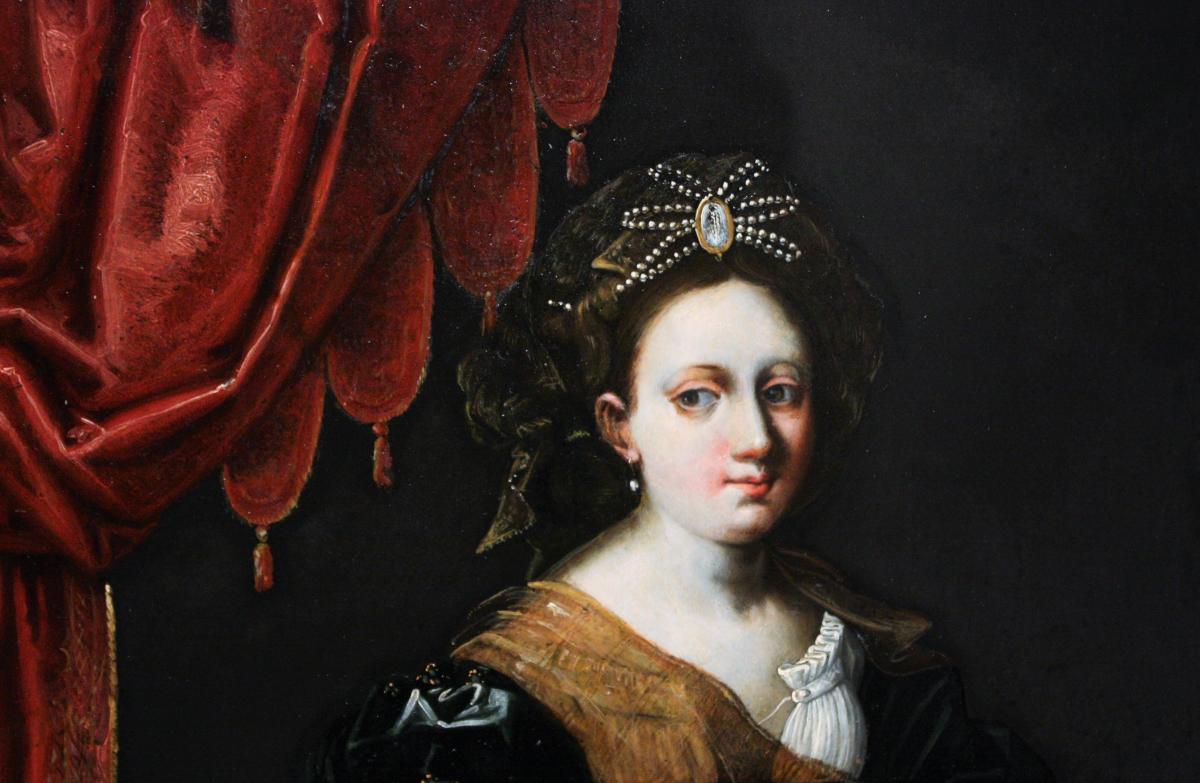

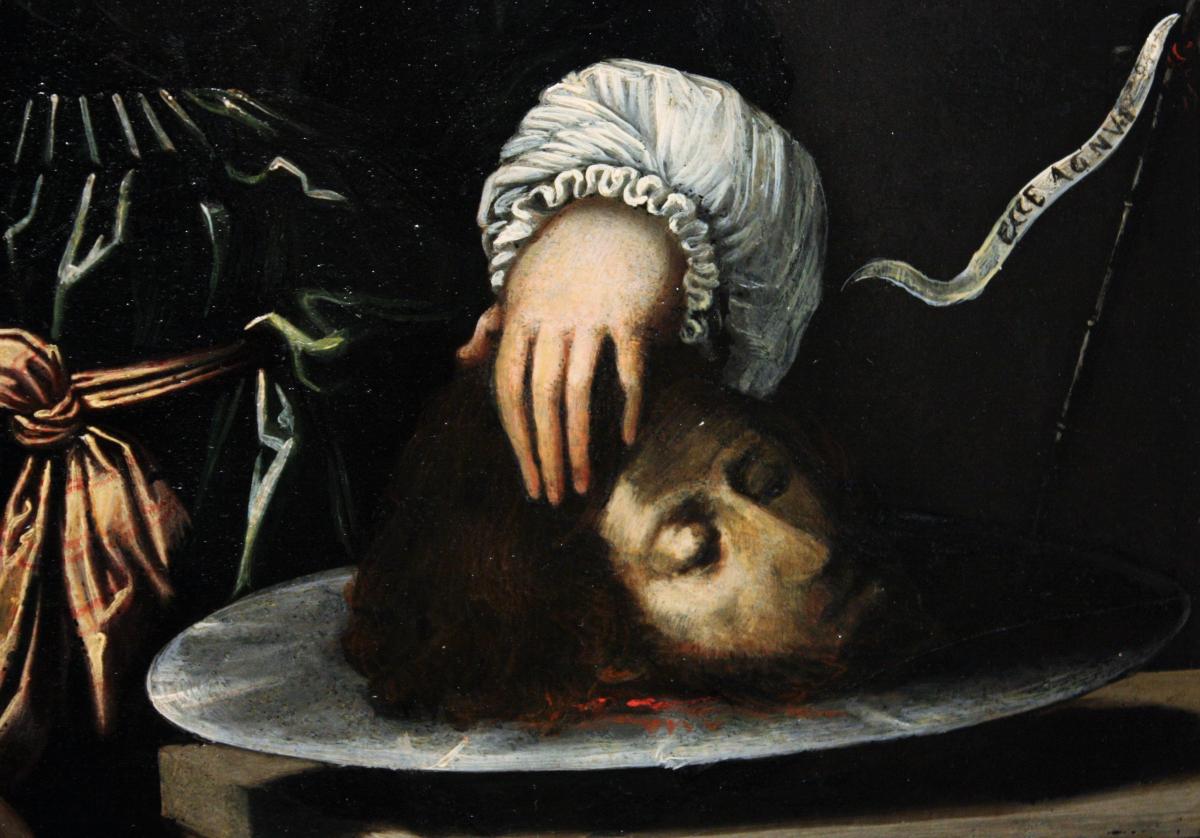
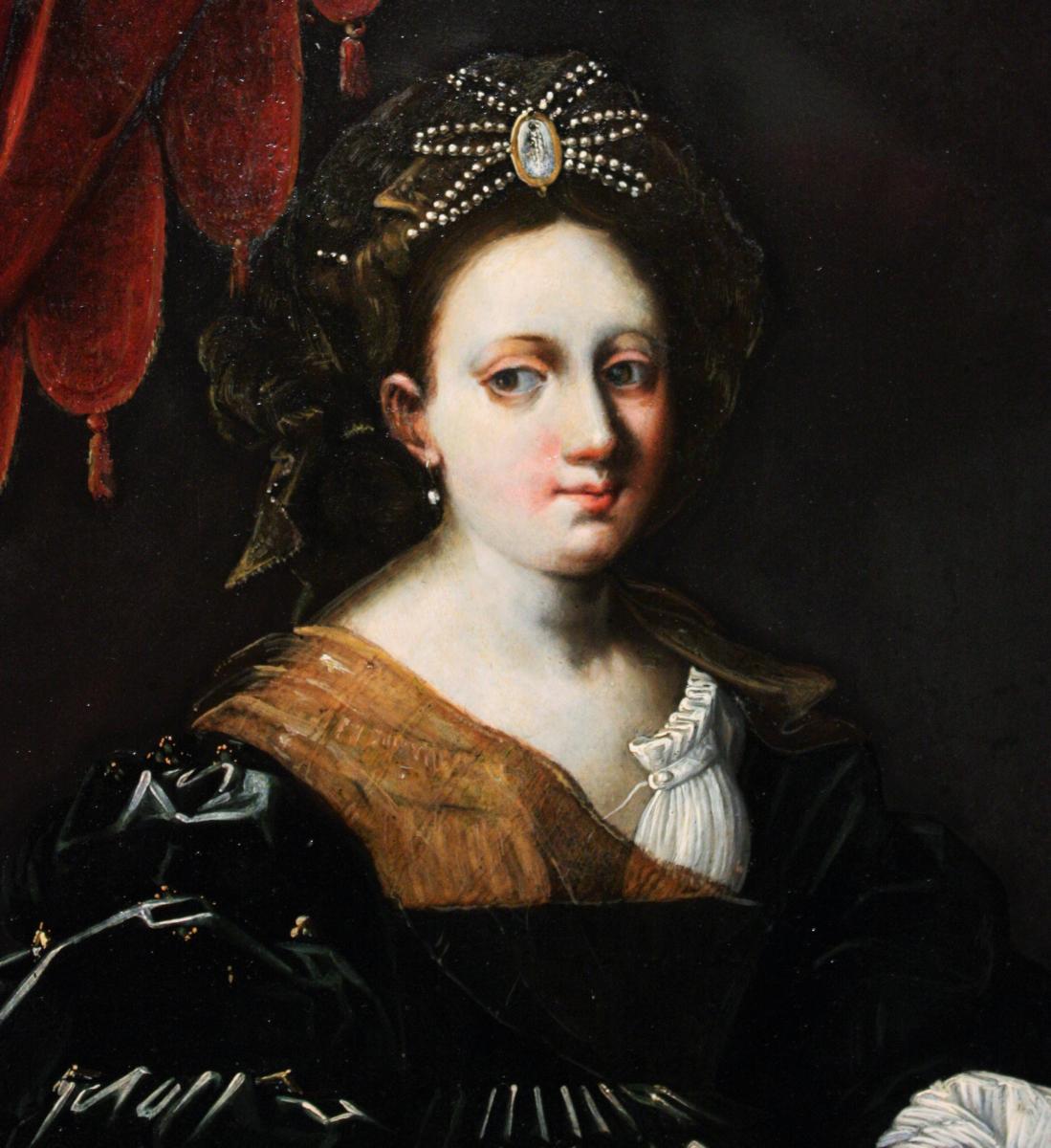
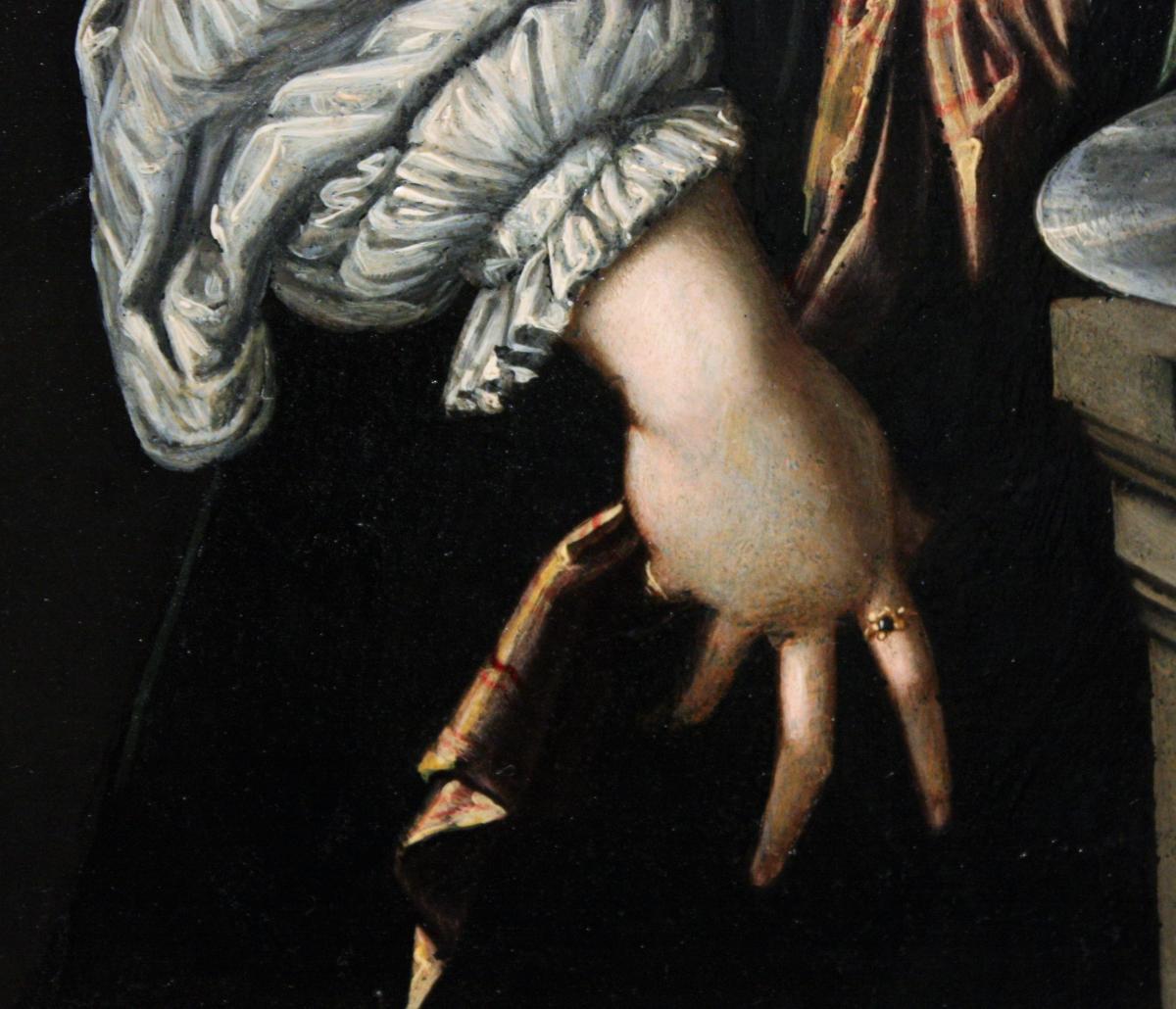






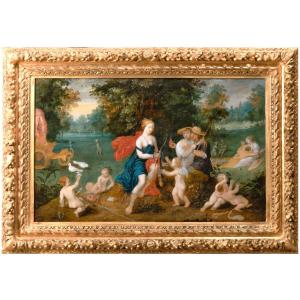
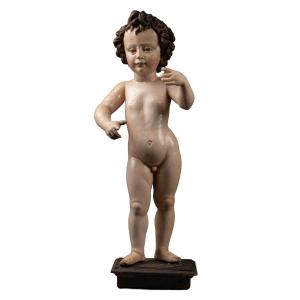
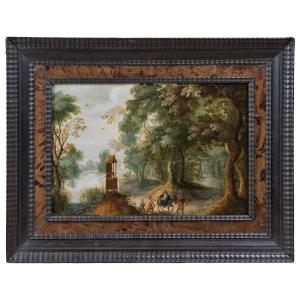
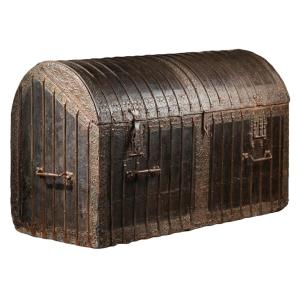
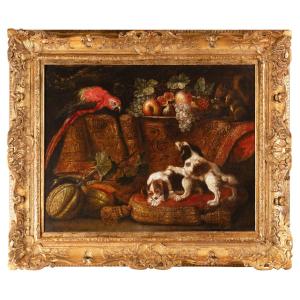










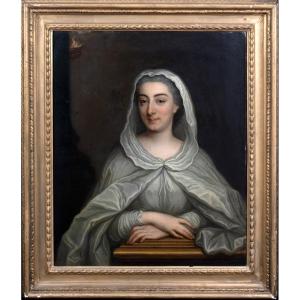




 Le Magazine de PROANTIC
Le Magazine de PROANTIC TRÉSORS Magazine
TRÉSORS Magazine Rivista Artiquariato
Rivista Artiquariato